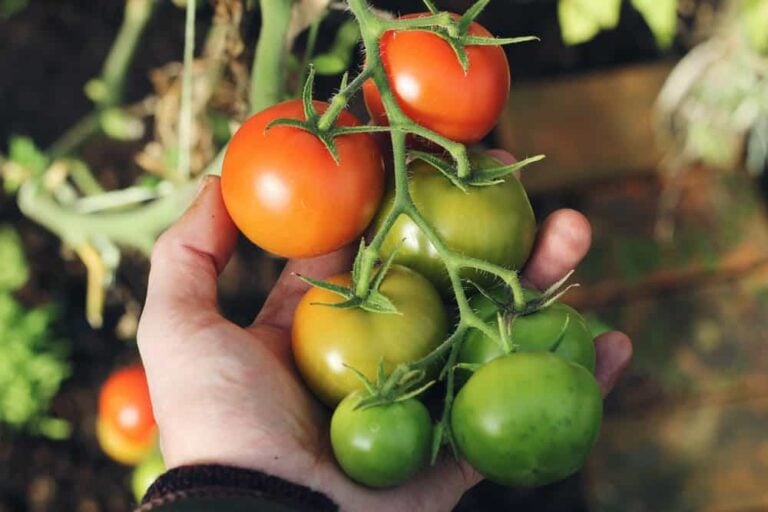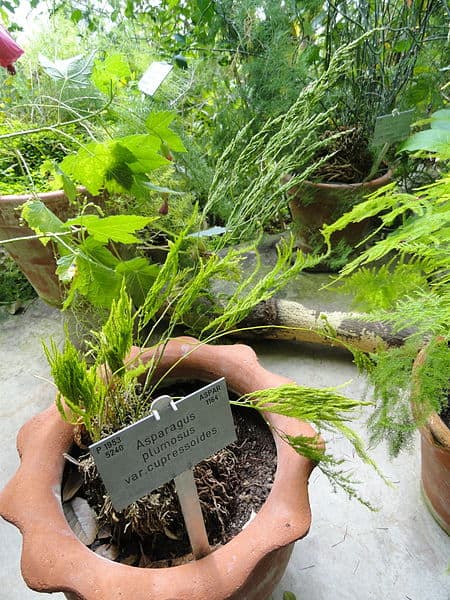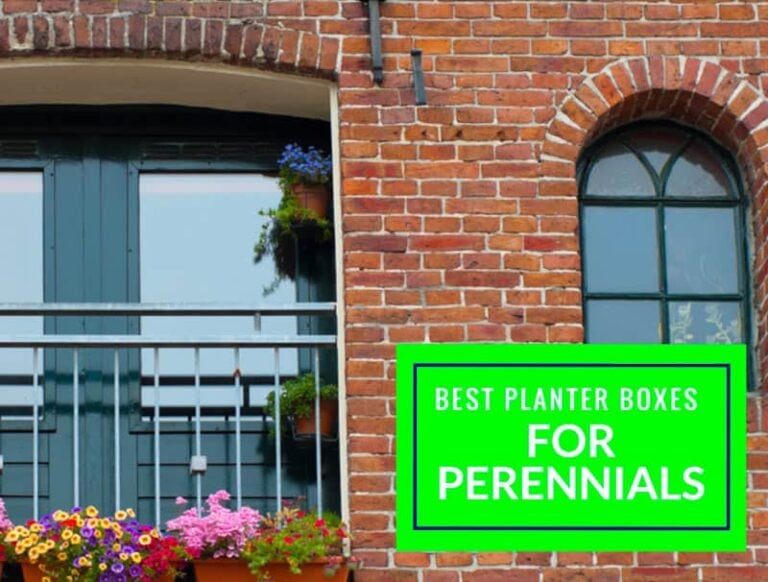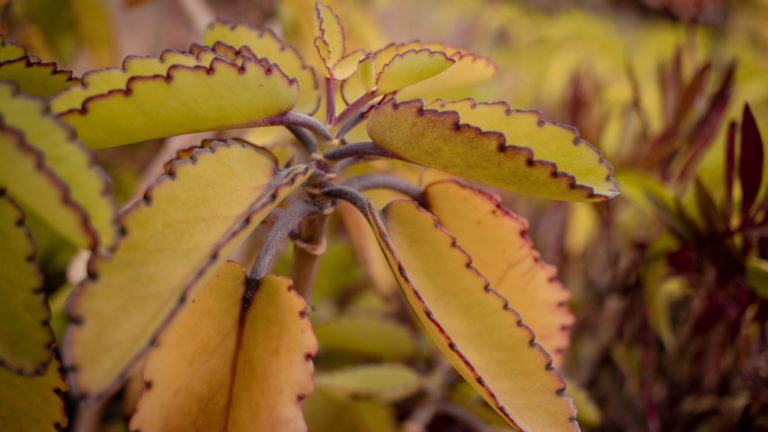Learning How Growing Cumin Works
Cumin provides several health benefits and is a tasty addition to a variety of dishes. Begin growing cumin seeds indoors 6 to 8 weeks before the last frost, or sow into your garden 1 to 2 weeks after the last frost. Keep coil moist, but do not overwater to prevent possible disease caused by fungus.
You can harvest some seed pods once your cumin plants are a few inches tall to use the seeds for re-planting. Or, harvest seed pods once plants reach full maturity and seeds begin to change color. Dry seed pods and rub to remove seeds.
Types of Cumin: Which Should I Grow?
There are three main types of cumin seeds: white, brown, and black. Each one provides a different flavor, with black or brown being the most commonly-used in dishes. Black tends to have a sweeter aroma and flavor than white cumin, and brown cumin is used often in Indian-style dishes.
In addition to food flavoring and spicing, different varieties of cumin offer various medicinal uses. In India, cumin is used widely to promote digestive health and proper liver function, treat the common cold, improve lactation, reduce nausea, and more. Black cumin tend to be the most popular to grow, for both flavor and medicinal properties.
Black cumin seeds are thought to decrease the likelihood of cancer, heart disease, and asthma and is very rich in essential nutrients, like Vitamin B, calcium, iron, amino acids, and more. StyleCraze mentions some more health benefits of cumin:
If you’re interested in the health benefits of cumin, black cumin may be the best option. Or, grow a variety for your first harvest so you can choose the flavor you like best in your dishes.
Preparing for Growing Cumin
You can start cumin seeds in containers indoors to aid germination, or sow them directly in your garden. If you want to begin them indoors, have everything ready about 6 to 8 weeks before the last spring frost so you can plant them in your garden after the threat of frost has passed.
Or, sow into your garden 1 to 2 weeks after the last spring frost in your region. Soak your seeds for about 8 hours, or overnight, before you plant them to help the germination process.
The best soil for cumin is well-draining, sandy loam with plenty of nutrients, but it can thrive in several conditions. If you’re growing outdoors, choose an area of the garden with plenty of sun through the day. If growing cumin seedlings indoors, find a sunny windowsill or use fluorescent lamps. Keep a light amount of air circulation on your indoor cumin plants.
In your garden, create rows about two feet apart for cumin plants to grow. Check the pH of your soil to make sure it’s between 6.8 to 8.3, with the ideal pH as close to 7 as possible.
Planting Cumin
If you’re growing from seeds, plant them shallowly into your soil, no more than about ¼ inch deep, just to ensure they’re covered. Keep each seed about 4 to 8 inches apart from one another. You can place a few seeds in each spot for better chances of one germinating.
If you’re growing from indoor seedlings, you can transplant them to your garden when the temperature reaches about 60 degrees Fahrenheit consistently. Water seeds or seedlings thoroughly.
Caring for Cumin
Allow your cumin plants to go almost dry before you water them again. They prefer moist, but not wet, soil. Cumin doesn’t require fertilization, but adding in a nutrient-rich compost to the soil once plants begin to become established can aid optimal growth.
Cumin is fairly resistant to most pests. It is, however, susceptible to some diseases, like powdery mildew and alternaria blight.
Powdery mildew typically occurs from overwatering, either in the soil or from water remaining on the leaves of cumin plants without proper sun during the day to dry them. You’ll notice a white, filmy substance on your leaves. You can prevent powdery mildew by watering sparingly, only when the soil begins to dry, and keeping cumin plants in full sun.
Alternaria blight occurs from overly humid and hot weather. The fungus lays dormant in the winter, but these conditions can cause it to become active. This disease can affect seeds that were planted too early in the season, especially. It kills off infected seeds, or will grow unusable cumin plants.
Avoid alternaria blight by planting seeds indoors and transplanting the seedlings after frost. Or, do not sow seeds into your garden until 1 to 2 weeks after frost threat has passed.
Propagating Cumin
You can grow new cumin plants from the seeds of your established cumin plants. Once your plants reach a few inches high, simply snip off the seed heads with shears, leaving an inch or so of the stalk with the head. Be careful not to snip too much or you can harm your plant.
After you dry seeds, they are ready to be re-planted to produce new plants.
Harvesting and Drying Cumin
Cumin takes about 120 days to reach full maturity after it is planted from seed, so sometime in late fall or early winter. You can usually begin to harvest the plants within 21 days after they reach full maturity. You’ll notice the seeds begin to change color to the type of cumin seeds you planted. Once they begin this process, you’ll want to harvest quickly to avoid the seed pods splitting open and losing your seeds.
Pick the seed pods and remove the stems. Place a few of them in a brown paper bag. Hang the bag upside down in a warm and dry place, away from sunlight. In about a week, the seed pods will be dried. You can gently rub each seed pod between the palms of your hands to reveal the seeds.
Use the seeds immediately or store in an airtight plastic container or jar in a dark location.
Photo by Pamla J. Eisenberg licensed under CC BY-SA 2.0






